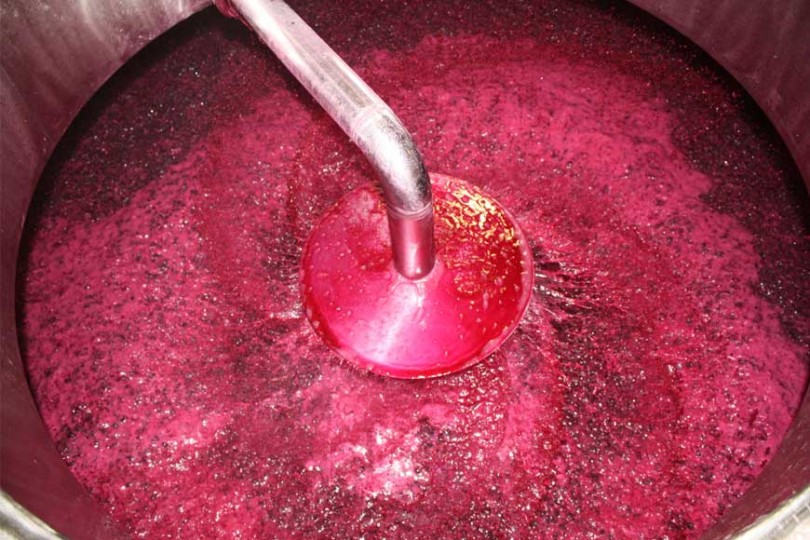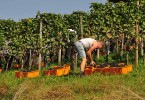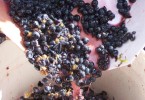The grape must: characteristics, traditions and curiosities
The grape must is the juice obtained from the treaded grapes, that haven’t already been fermented, from which the wine comes from.
The colour varies according to the harvested grapes, red or white, its quality and its ripening degree.
It is an opaque liquid rich in sugars, tannins, acid and nitrogen substances, mineral salts and yeasts. The last microorganisms are responsible for the transformation of juice into wine.
The must production is the first important step in the winemaking process: the grapes harvest. In fact, the final result depends on how the precious liquid is treated, the preservation material and the surrounding climatic-environmental conditions.
The percentage of sugars in the must define the final alcoholic volume of the wine. The sunny and dry summer period gives a low quantitative return during the harvest and the grapes are small, but the fructose concentration is really high: these are, in fact, the year when the wine has an excellent quality.
Using proper tools able to measure the quantity of sugar in the must, it is possible to calculate the alcoholic volume of wine at the end of the fermentation, given that the two elements are directly proportional. The sourness level, instead, influence its taste, categorized in a growing values scale from plate to sour.
The grape must in the traditional harvest
In the rural traditions and in the big family-run wineries of the past, the grape harvest was one of the most important moments of the annual agricultural activity.
The winemaking process was completely handmade in each step and the must was obtained both thanks to the treading with the feet, and the use of the press. This tool was activated by hand for several hours, in order to use all the rest of the treading.
A thick and dark juice drained from the press, it was perfect to make the cooked grape must. It was usually used as natural preservative for the red wine, added after a long cooking in a huge copper cauldron, until it decrease of a third.
Cooked wine (in Italian, vino cotto) is a speciality of the middle Italy regions: dark, thick, alcoholic and with a strong taste. It doesn’t change during the years and it is realized with the grapes of Marche and Abruzzo.
Culinary curiosities on the cooked must
The production of cooked must comes from ancient traditions and still lives in various areas of Italy, even if it is called with different names: sapa, saba, vincotto.
It is used, above all, to make typical desserts such as biscuits, cakes and stuffing for Christmas fried foods. Its characteristic is the lack of alcohol and it gives to the dough a dark colour; moreover it is a great natural sweetener, already known by the Romans.
The perfect pairing is with aged hard cheeses or, dilute with cold water, it is like a fresh drink.







